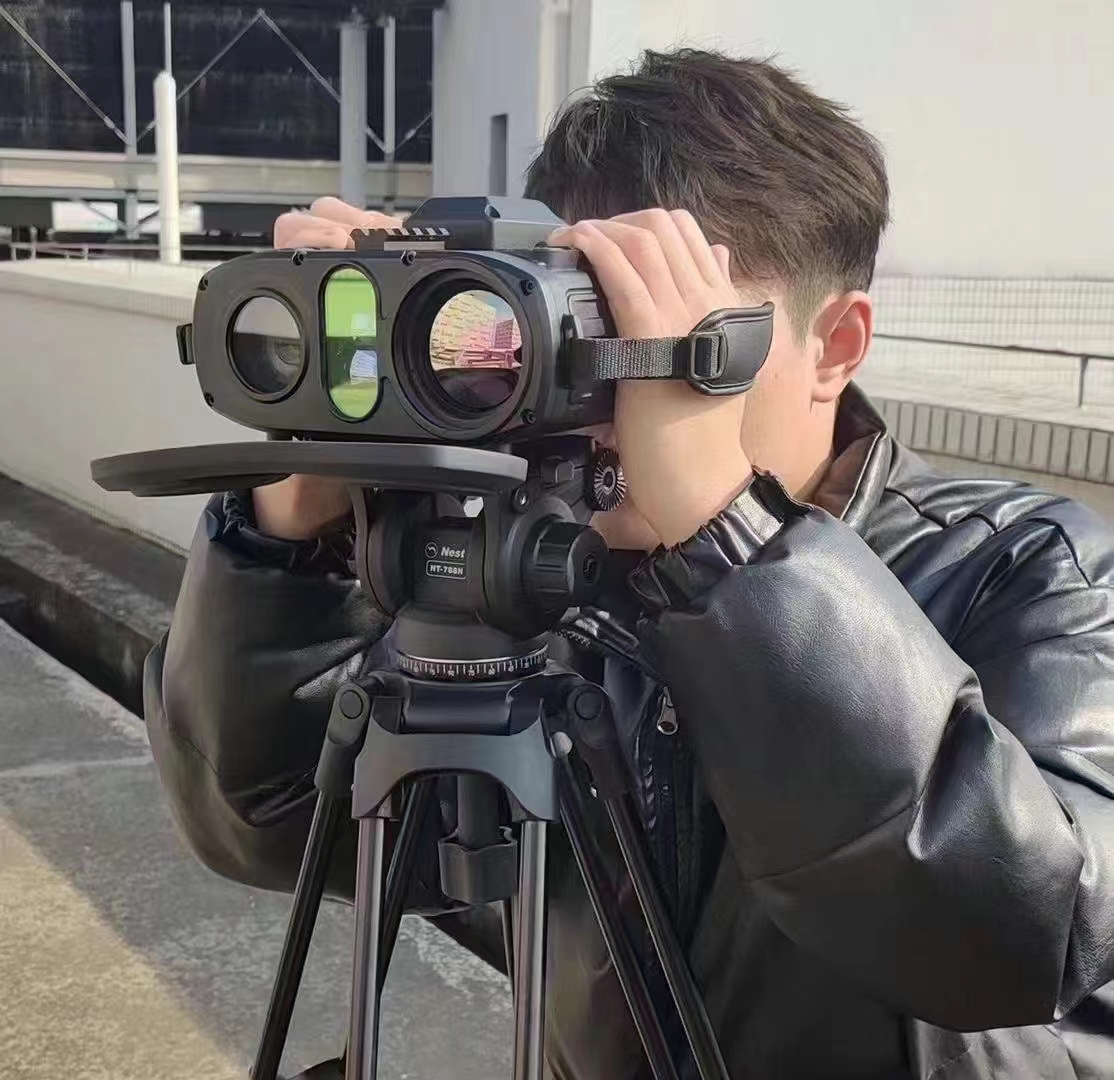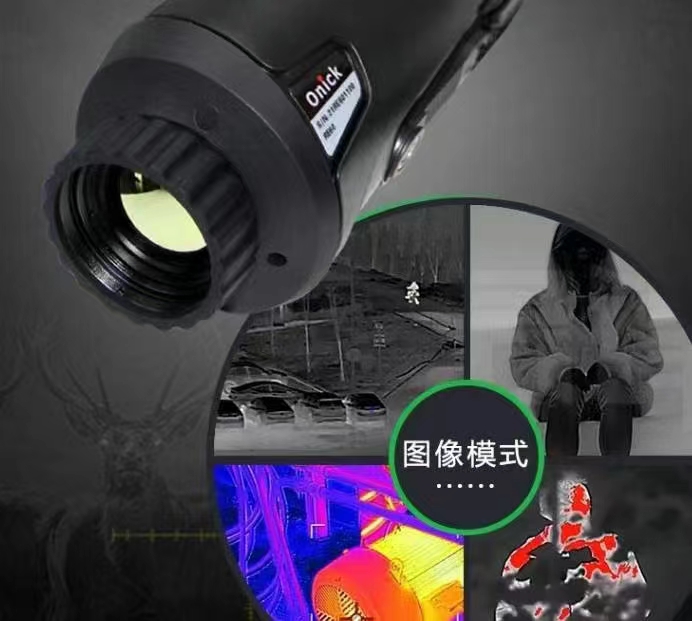The wall structure has a large heat capacity, such as the main body of concrete or brick masonry structure. Under normal circumstances, when the temperature of the outer surface is higher than the temperature of the structural material, the heat is transferred from the outer wall surface to the structural wall material. When the temperature of the outer wall veneer (brick) is lower than the temperature of the structural material, the heat will be transferred in the opposite direction.

When the outer wall veneer (brick) is hollowed, a very thin air layer will be formed at the location of the hollow. Since the air layer has good thermal insulation properties, when the outer wall panel (brick) with hollows changes in sunlight or the outside temperature, the temperature of the hollow part will change more than the normal wall.

Generally speaking, the surface temperature of the outer wall panel (brick) will rise during sunlight, and the temperature of the hollow part will be higher than that of the normal part: when the sunlight on the outer surface decreases or the temperature drops, the above situation is just the opposite. Infrared thermal imagers can show defects in the quality of the outer wall through temperature differences. If there are adhesion defects such as peeling, hollowing, etc. on the exterior wall, it will appear as a "hot spot" or "cold spot" on the infrared thermal image. The detection results are intuitive and reliable.

By analyzing the infrared thermal image characteristic map of the exterior wall and performing theoretical calculations on it, the bonding quality of the exterior wall can be determined.


